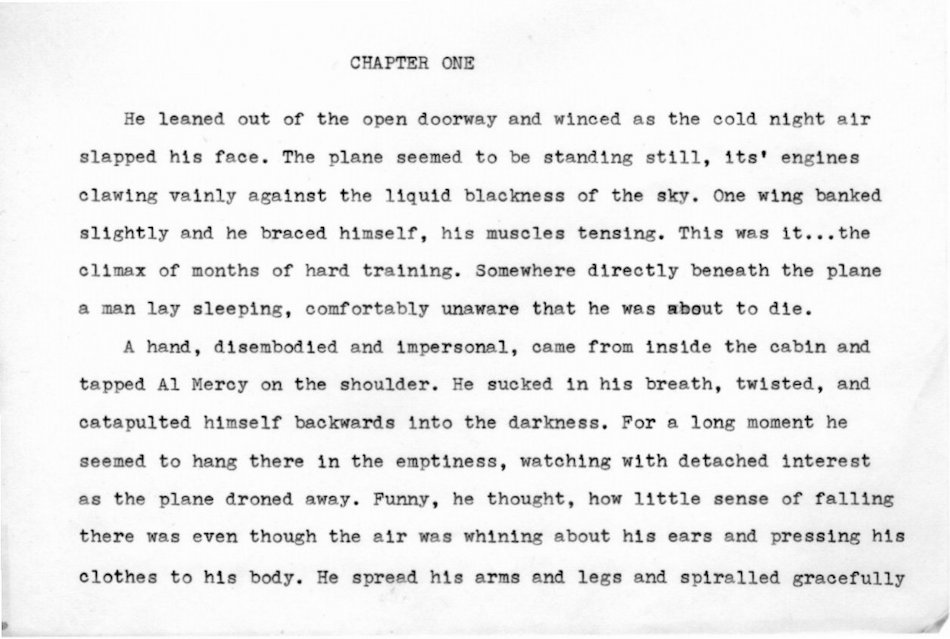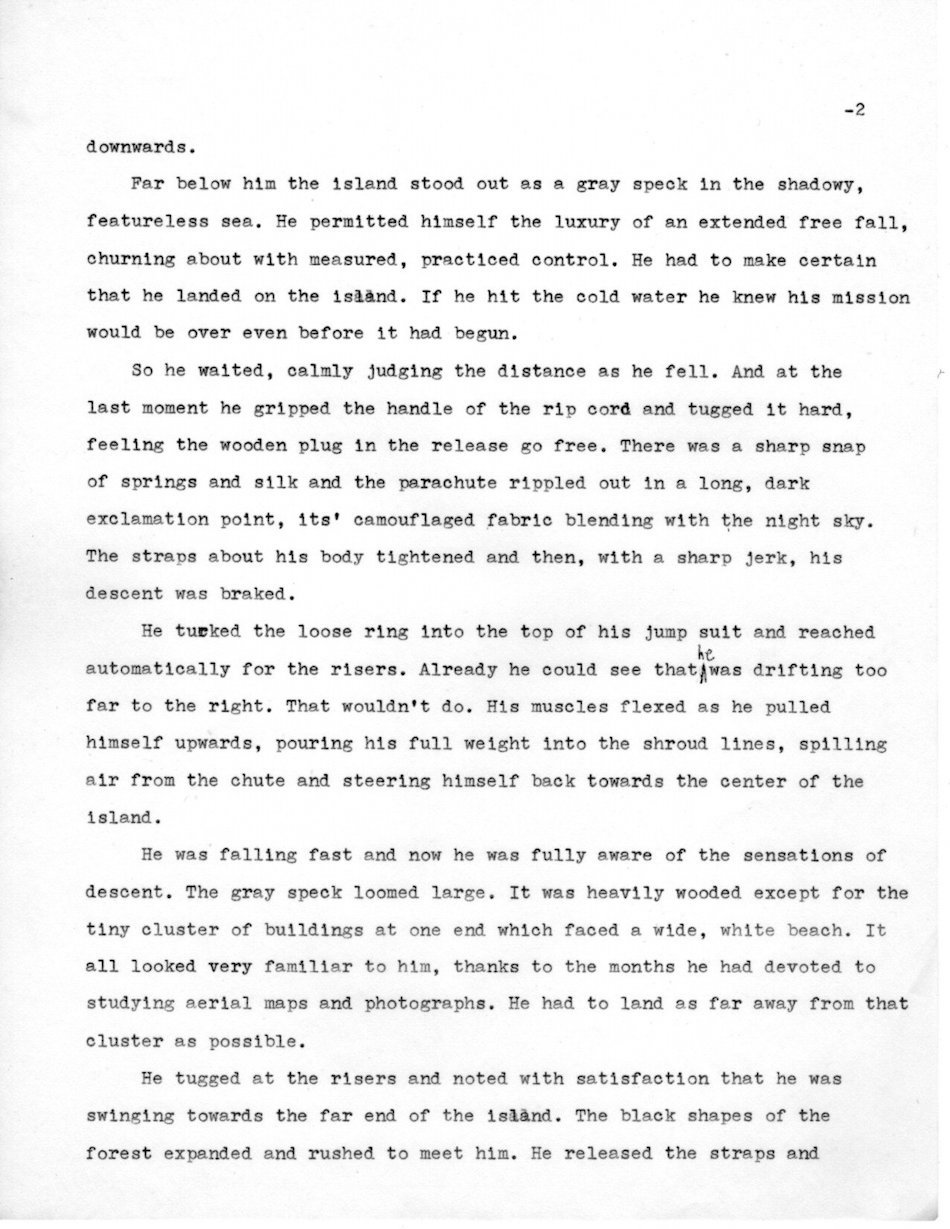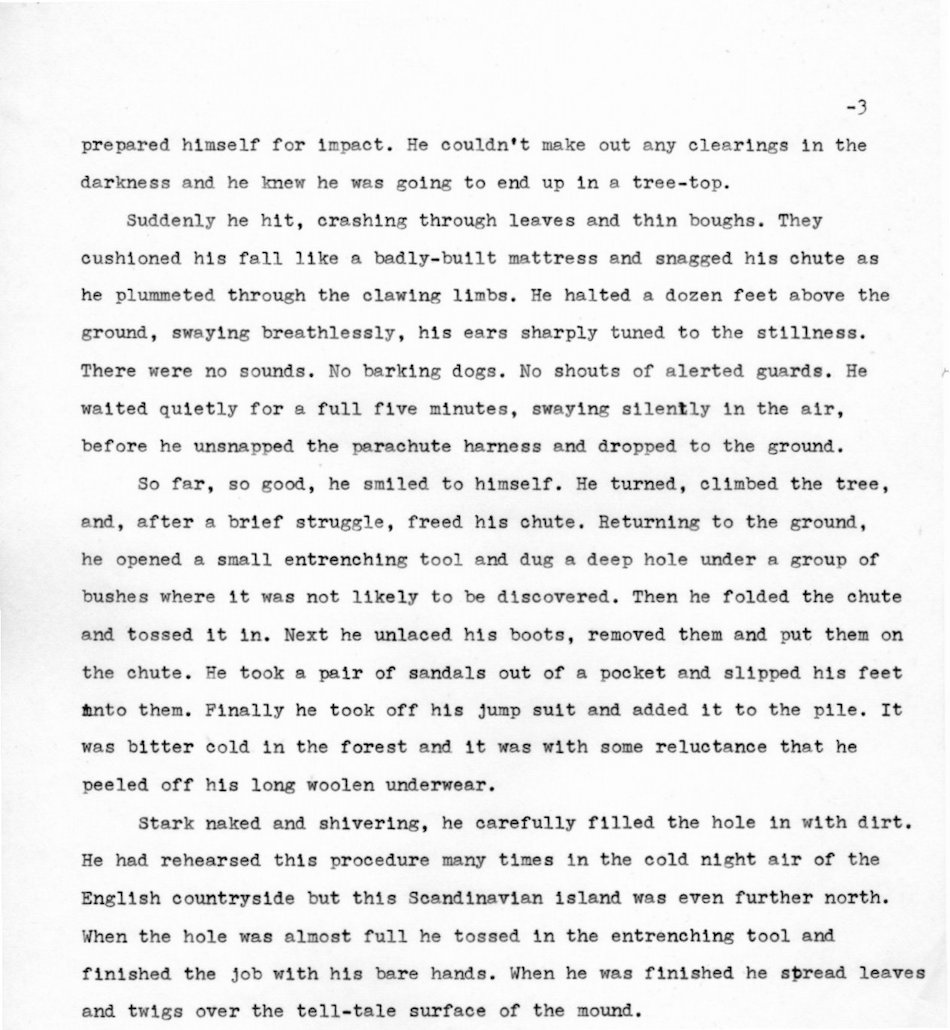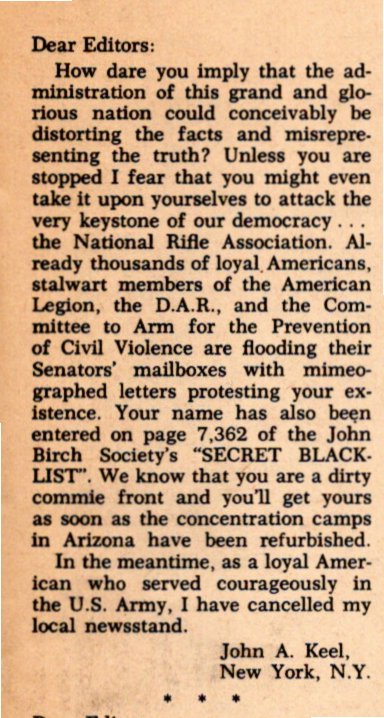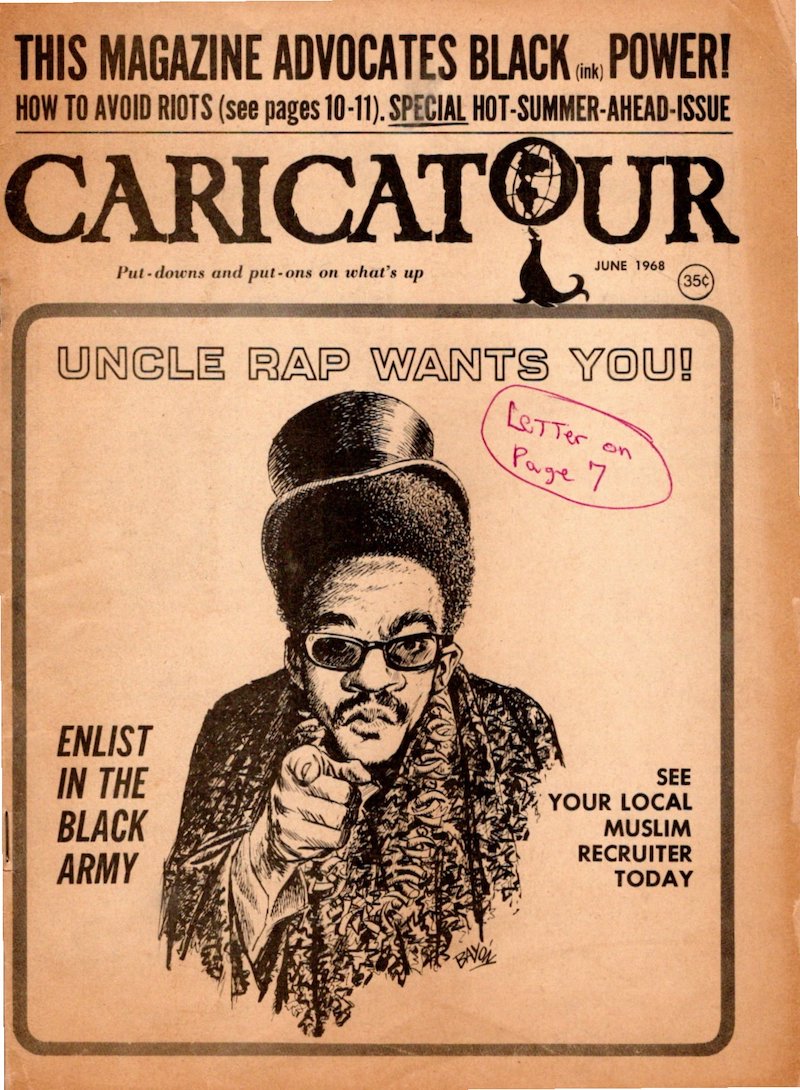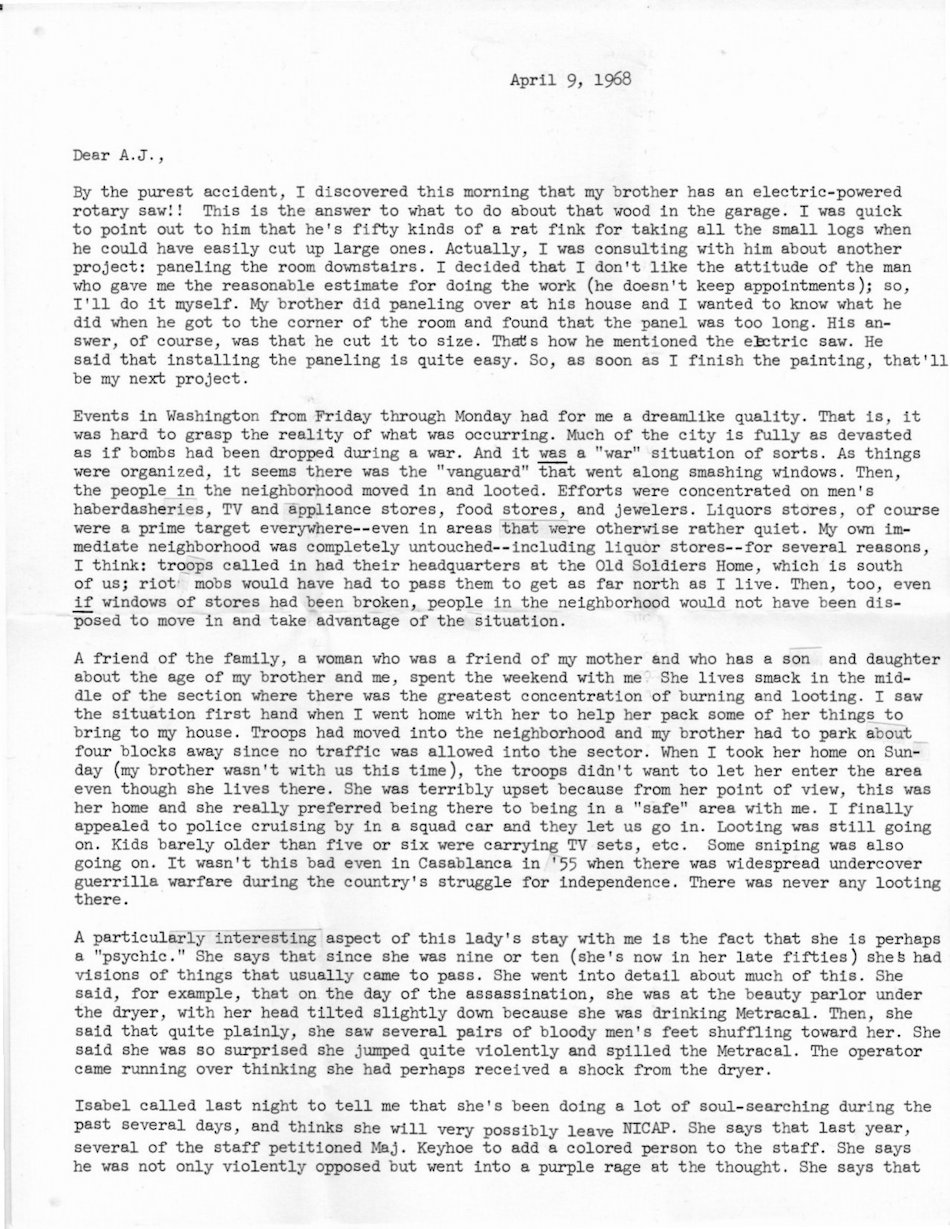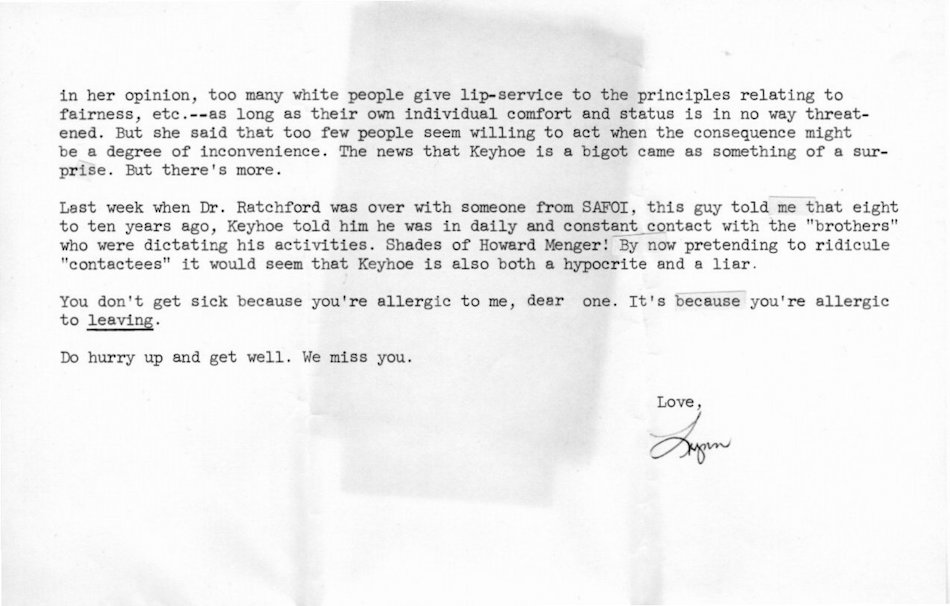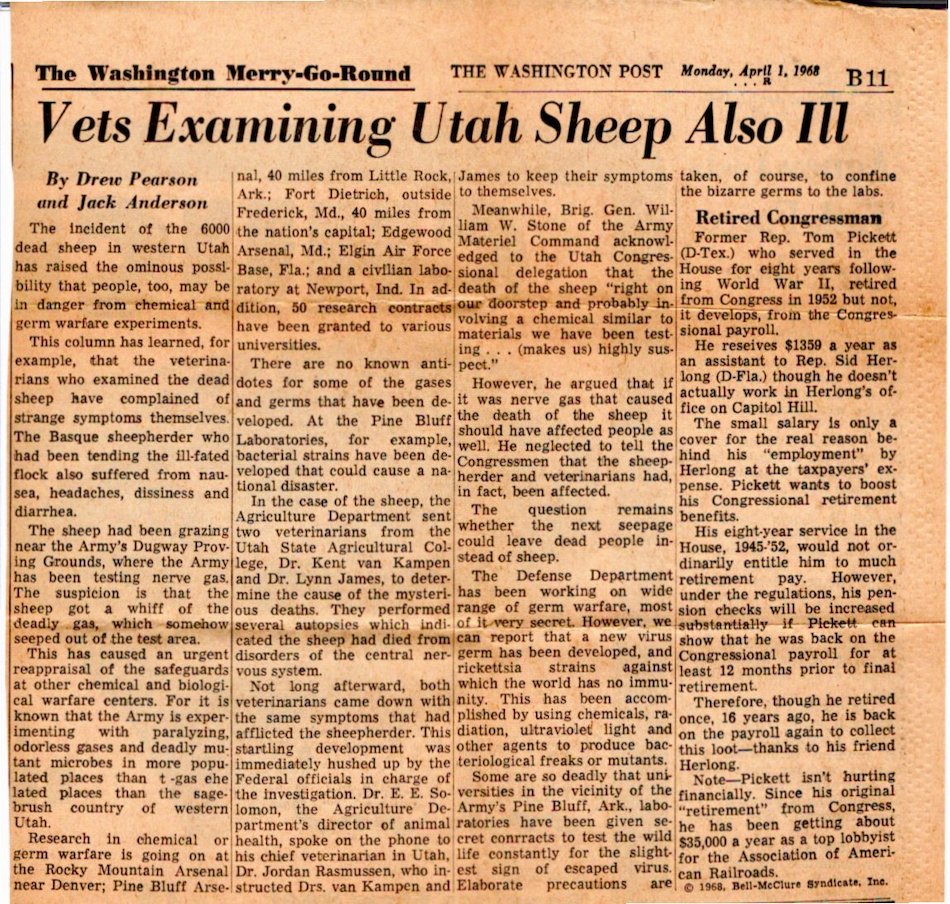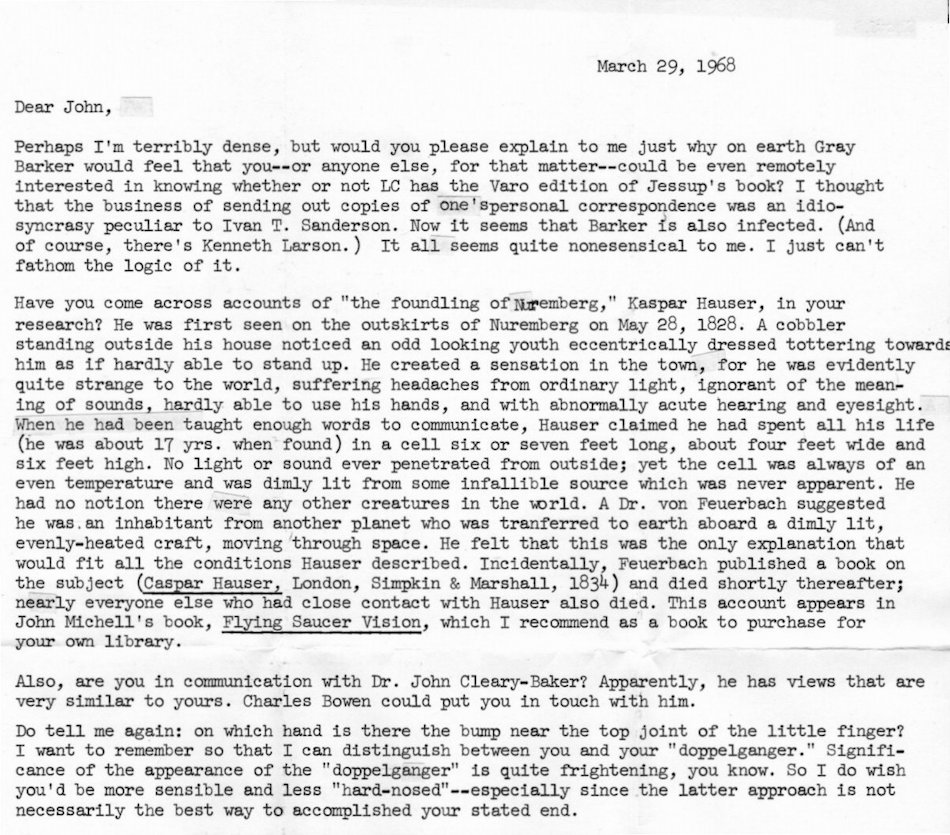John apparently started this spy novel in the late ’60s, judging from the other papers in the folder. Maybe it was a first attempt at Love That Spy, maybe not. At any rate, he wrote two chapters, in which secret agent Al Mercy parachutes onto a nudist colony on a Scandinavian island in World War 2. There he joins forces with the beautiful Gerda Feldstein to find and kill General Hans Von Passel. It’s pretty silly, but you may welcome some diversion in these troubled times. John didn’t give it a title, so I’ll just call it after its dashing hero.
September 24, 2020
September 17, 2020
A Letter to “Caricatour”
Also in the spring and summer of 1968, a satirical monthly called Caricatour debuted and died. It was published by Art Pottier; Googling tells me he contributed to early issues of Cracked. Caricatour featured some fine cartoonists, including Jules Feiffer, Charles Rodrigues, Sid Harris, and Ed Harris, as well as pages of rather mild jokes about politics. It apparently lasted only three issues, from June to August. At any rate, John picked up the first issue, and wrote a jocular response, in the persona of an outraged conservative, which was published in the second issue.
And here’s the cover, featuring H. Rap Brown by the Argentine caricaturist Narciso Bayón.
September 10, 2020
A Letter from Lynn Catoe, April 9, 1968
This is the last letter I’ll post from John’s correspondence with Lynn Catoe. Their relationship was not easy, complicated by their differences: she went to the Sorbonne, he was a high school dropout; she grew up with servants, he came from a farm; she was black, he was white (all of these run through their letters). This last letter is not about their relationship, and mostly not about ufology. Ms. Catoe reports on the riots in Washington, D. C. following the assassination of Martin Luther King, on April 4. She also mentions some racial issues in NICAP, and a visit from J. Thomas Ratchford (of the Air Force Office of Scientific Research) and someone from the Secretary of the Air Force Office of Information; Ratchford tells her Keyhoe claimed contact with space brothers. Finally, she enclosed two clippings: one a report of an early appearance by Stanton Friedman, later an active ufologist; the other a column by Drew Pearson and Jack Anderson, about dead sheep and rumors of germ warfare and mutated viruses. Riots, racism, and viruses, all from 1968.
September 1, 2020
A Letter from Lynn Catoe, March 29, 1968
At this point, the Keel-Catoe correspondence becomes less frequent and more devoted to their relationship. I assume they were talking more on the phone or in person; John also may have written letters but not kept carbons. However, I’ll post a few excerpts from Ms. Catoe’s letters that concern John’s research and the murky world of ufology in 1968.
In this excerpt, Ms. Catoe is baffled about Gray Barker’s interest in whether she has a copy of the Varo edition. (The Varo edition, for readers new to it, was a copy of M. K. Jessup’s book The Case for the UFO, annotated by a certain Carl Allen, and published by a Texas company called Varo for the Office of Naval Research; it caused quite a stir at the time.) She also writes about her interest in the Kaspar Hauser case, recommends that John contact the British ufologist John Cleary Baker, and, most curiously, wants to know how to tell John from his rumored double.
